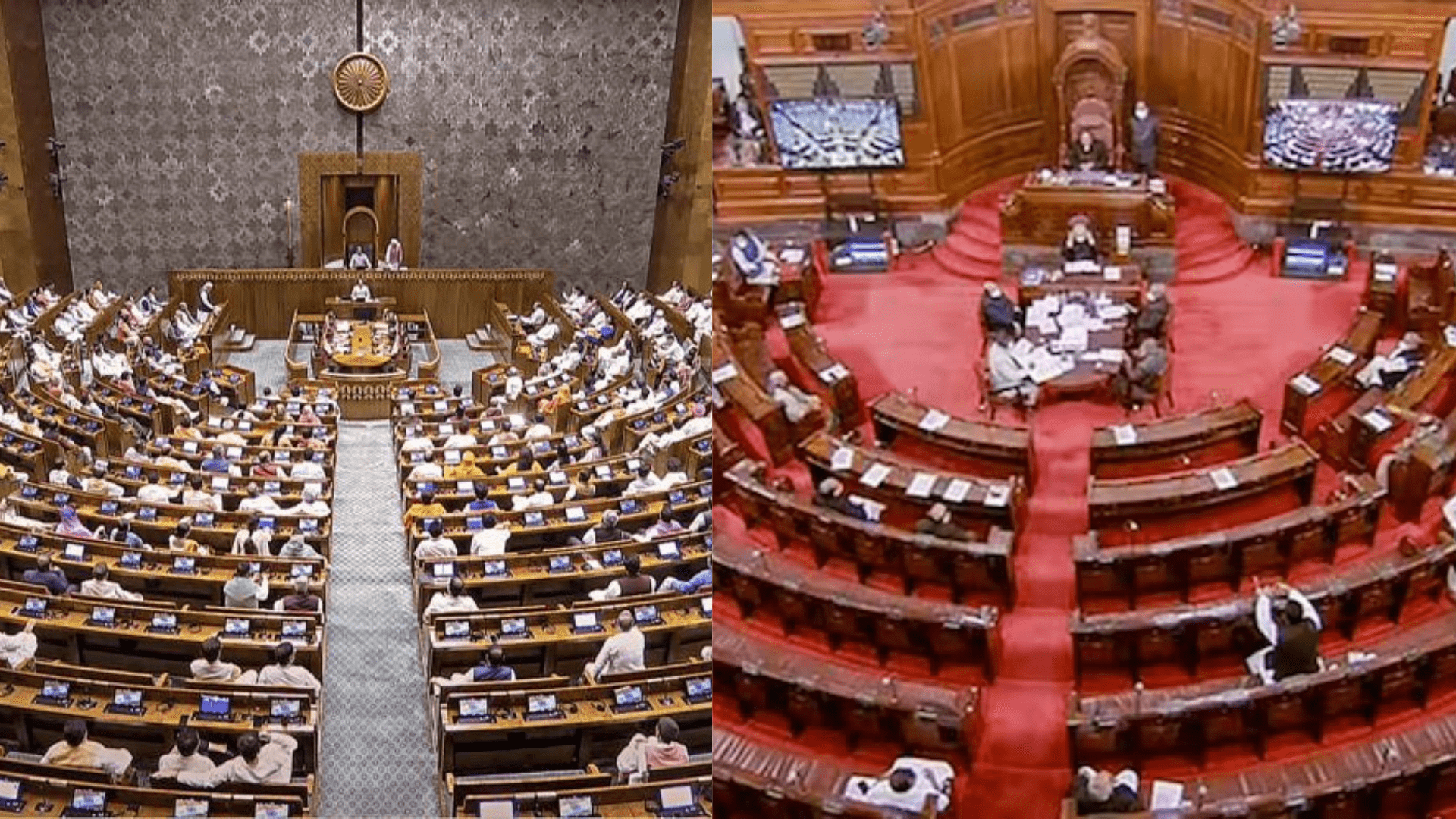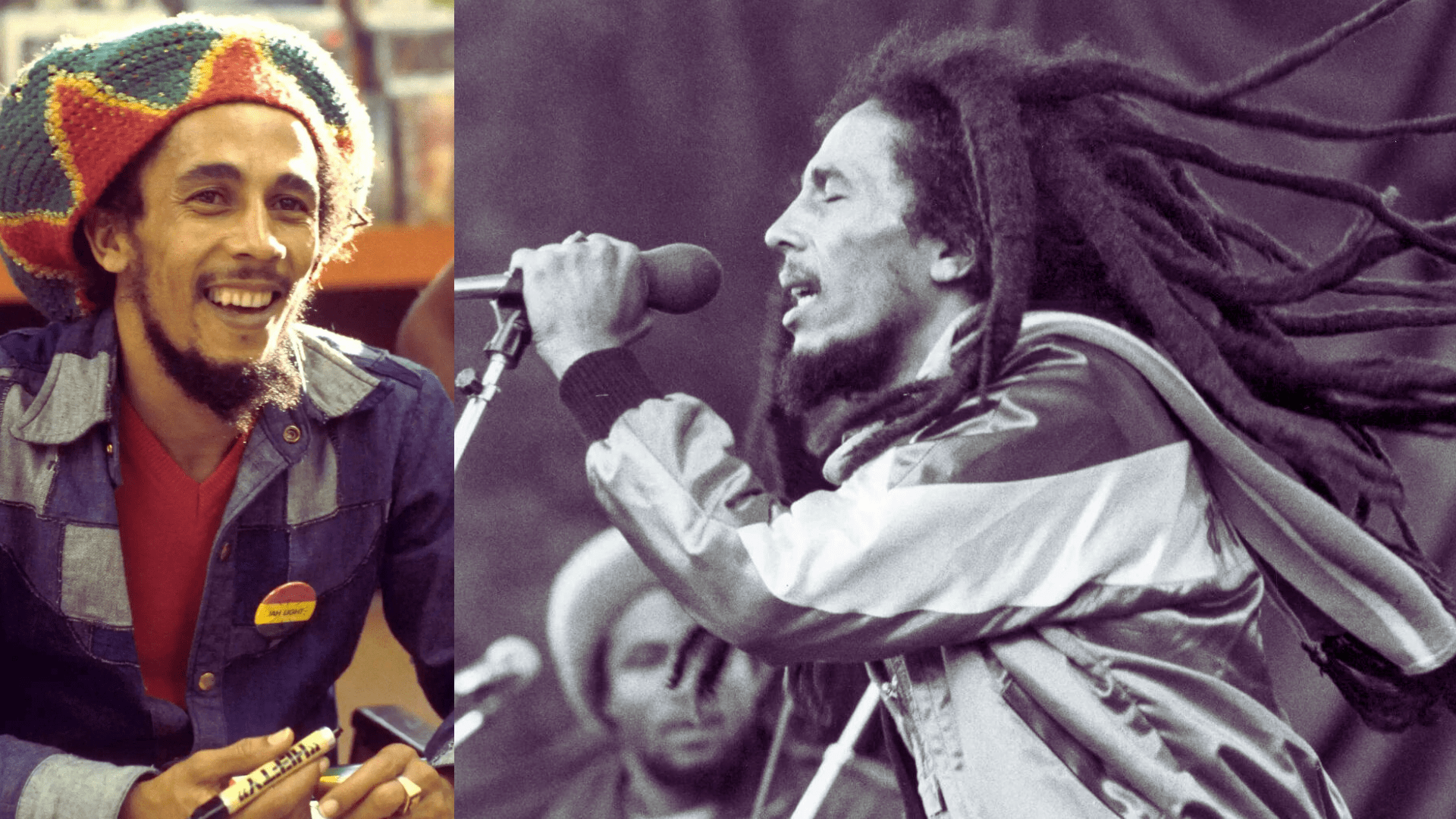The Indian Parliament comprises two houses, Lok Sabha and Rajya Sabha, each playing a crucial role in the country’s legislative process. Understanding the composition of these houses is fundamental to grasping the functioning of the Indian parliamentary system.
Introduction
In the diverse tapestry of Indian democracy, Lok Sabha and Rajya Sabha stand as pillars of legislative representation. While Lok Sabha represents the people directly, Rajya Sabha represents the states and union territories. Let’s delve into the specifics of their composition, shedding light on the question, “How many members in Lok Sabha and Rajya Sabha?”
Lok Sabha Composition
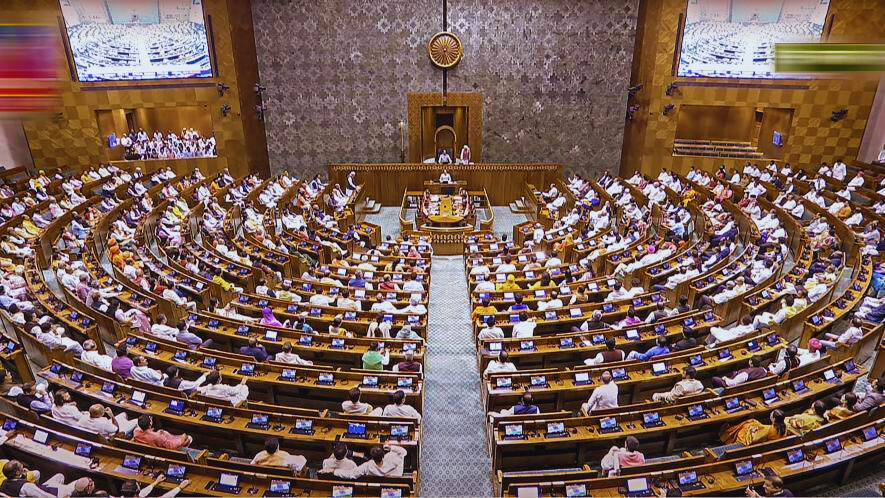
The Lok Sabha, constitutionally known as the House of the People, is the lower house of India’s bicameral Parliament. As of the latest information, it comprises 545 members, including two members appointed from the Anglo-Indian community. Members are elected through universal adult suffrage, reflecting the democratic representation of India’s diverse population.
Rajya Sabha Composition
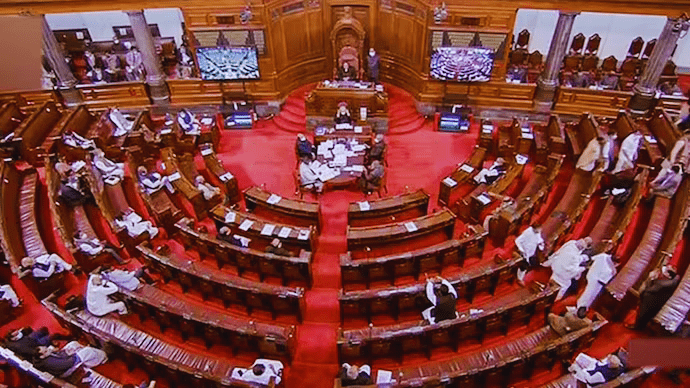
As of the available information, the Rajya Sabha, the Council of States in India’s Parliament, consists of a total of 250 members. Out of these, 238 members represent the States and Union Territories, and the President of India nominates the remaining 12 members. As per the Fourth Schedule, the Constitution of India initially envisioned 216 members for the Rajya Sabha, with 12 of them being nominated. Over time, amendments have led to the current composition, making Rajya Sabha an essential component of the bicameral parliamentary system in India.
Differences Between Lok Sabha and Rajya Sabha
1. Composition:
- Lok Sabha: Composed of directly elected members representing constituencies across India.
- Rajya Sabha: Consists of members indirectly elected by the elected members of State Legislative Assemblies and Union territories.
2. Representation:
- Lok Sabha: Represents the people of India.
- Rajya Sabha: Represents the states and union territories.
3. Total Members:
- Lok Sabha: Maximum strength of 552 members.
- Rajya Sabha: Maximum strength of 250 members.
4. Term Duration:
- Lok Sabha: Five-year term unless dissolved earlier.
- Rajya Sabha: A permanent body with one-third of its members retiring every two years.
5. Powers:
- Lok Sabha: Holds more significant legislative powers, including control over finances.
- Rajya Sabha: Has limited powers concerning specific types of legislation.
6. Speaker:
- Lok Sabha: Has a Speaker elected from its members.
- Rajya Sabha: Has a Vice President as its ex-officio Chairman.
7. Representation Basis:
- Lok Sabha: Represents the population.
- Rajya Sabha: Represents the states and union territories.
8. Election Procedure:
- Lok Sabha: Members elected through direct elections.
- Rajya Sabha: Members elected indirectly by State Legislative Assemblies.
9. Role in Legislation:
- Lok Sabha: More influential in the passage of money bills and budget.
- Rajya Sabha: Can only delay money bills for a maximum of 14 days.
10. Initiation of Money Bills:
- Lok Sabha: Only Lok Sabha can initiate money bills.
- Rajya Sabha: Cannot initiate money bills; it can only recommend amendments.
Importance of Lok Sabha Members
Lok Sabha members play a crucial role in the Indian parliamentary system, contributing to the legislative, executive, and representative functions of the government. Here are key aspects of their importance:
1. Legislative Function:
Lok Sabha members participate in the formulation, debate, and passage of laws. They contribute to discussions on various issues, reflecting the diverse perspectives and concerns of the Indian population.
2. Executive Oversight:
Members of the Lok Sabha hold the government accountable by scrutinizing its actions, policies, and expenditures. They have the authority to question ministers, ensuring transparency and accountability in the functioning of the executive.
3. Representation of People:
Elected through democratic processes, Lok Sabha members represent the interests, needs, and aspirations of their constituents. They act as a voice for the diverse population of India.
4. Budget Approval:
The Lok Sabha has the exclusive power to approve the budget and financial matters. Members review, debate, and sanction government spending, ensuring fiscal responsibility.
5. Policy Formulation:
Lok Sabha members actively participate in shaping national policies and influencing decisions that impact various sectors of society, including education, health, economy, and infrastructure.
6. Constitutional Functions:
Members of Lok Sabha contribute to constitutional functions, including the amendment of the Constitution, ensuring the legal framework adapts to the evolving needs of the nation.
7. Representation in Committees:
Lok Sabha members engage in parliamentary committees that focus on specific areas such as finance, foreign affairs, and defense. These committees delve into issues in detail, providing expert opinions and recommendations.
Importance of Rajya Sabha Members
Rajya Sabha members hold a significant role in the Indian parliamentary system, contributing to the legislative process, executive oversight, and representing the interests of states and union territories. Here are key aspects of their importance:
1. Representation of States and Union Territories:
Rajya Sabha members represent the diverse states and union territories of India, ensuring a federal and regional balance in the legislative process.
2. Legislative Function:
Members actively participate in the formulation, discussion, and passage of laws. Their diverse perspectives contribute to comprehensive and inclusive legislation.
3. Expertise and Specialization:
Rajya Sabha allows for the nomination of members with expertise in various fields like arts, sciences, literature, and social service. This enhances the quality of debates and decision-making.
4. Executive Oversight:
Rajya Sabha, as the upper house, reviews and evaluates legislation proposed by the Lok Sabha. Members scrutinize government actions, ensuring checks and balances in the system.
5. Review of Laws:
The revising chamber plays a crucial role in reviewing laws, complementing the Lok Sabha’s efforts. This deeper review ensures thorough examination before implementation.
6. Stability and Continuity:
Unlike the Lok Sabha, the Rajya Sabha is a permanent body not subject to dissolution. One-third of its members retire every two years, providing continuity and stability.
7. Representation in Committees:
Members actively participate in parliamentary committees, contributing to in-depth discussions and policy recommendations on specific issues.
Constitutional Provisions
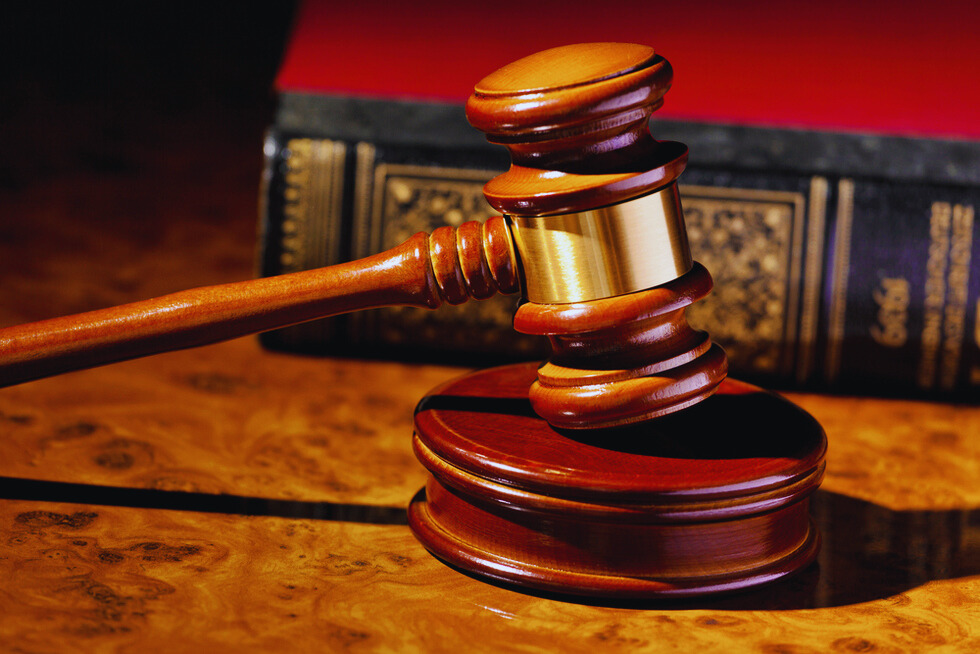
The constitutional provisions related to the composition of the Rajya Sabha are outlined in Article 80 of the Indian Constitution. According to these provisions:
1. Maximum Strength:
The Constitution specifies that the maximum strength of the Rajya Sabha is 250 members.
2. Nominated Members:
Out of the total strength, 12 members are nominated by the President of India from amongst persons having special knowledge or practical experience in literature, science, art, and social service.
3. Representation:
Members of the Rajya Sabha represent the states and union territories, ensuring a federal structure in the upper house.
4. Constitutional Limits:
The Constitution places certain restrictions on the Rajya Sabha, and it is acknowledged that the Lok Sabha, as the lower house, holds more power in specific areas.
Historical Evolution
The historical evolution of the Indian Constitution is a multifaceted journey deeply rooted in the country’s history:
1. Constitutional Development (1773-1950):
The constitutional development of India began during the British period. Various Acts, starting from 1773, laid the groundwork for shaping the constitutional fabric.
2. Indian Independence Act 1947:
The Indian Independence Act of 1947 played a pivotal role. It provided the framework for the establishment of two independent dominions, India and Pakistan.
3. Constitution-Making Process:
Post-independence, the Constituent Assembly, formed in 1946, undertook the task of drafting the Constitution. Dr. B.R. Ambedkar chaired the drafting committee.
4. Enforcement (1950):
The Constitution of India came into effect on January 26, 1950, marking the birth of the Republic of India.
5. Continued Evolution:
The Constitution has been amended several times to adapt to the evolving needs of the nation.
Recent Changes and Reforms in India (2024)
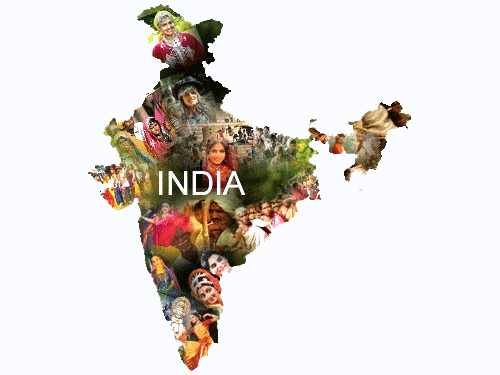
Recent developments in India reflect a mix of political, economic, and social changes:
1. Election Dynamics (2024):
The 2024 Lok Sabha elections are anticipated to be consequential, with a focus on competitive welfarism, reflecting shifts in political strategies and priorities.
2. Human Rights Concerns:
Human Rights Watch highlights persistent discriminatory policies under the leadership of Prime Minister Narendra Modi.
3. Federalism Challenges (2023):
Concerns about a crisis of representation in the Lok Sabha elections 2024, with disparities in state growth rates and seat allocations raising objections.
4. Budget 2024 Expectations:
The Union Budget 2024 is anticipated to focus on higher capital expenditure, shifting towards energy-efficient policies.
5. Parliamentary Sessions Amidst Controversy (2023):
Allegations of government undermining democracy surround the parliamentary sessions in India.
6. Future Reforms (Analysis):
Analysis suggests that in his second term, Prime Minister Narendra Modi may need to undertake bolder reforms for India to reach its potential.
Challenges Faced by Lok Sabha Members
Lok Sabha members in India encounter various challenges, reflecting the complexities of the political landscape:
1. Crisis of Representation (2024):
India faces a crisis of representation due to the reluctance of the political class to reallocate parliamentary seats in alignment with changing demographics.
2. Performance Issues (17th Lok Sabha):
The 17th Lok Sabha witnessed challenges such as frequent disruptions, protests from opposition parties, and significant loss of working hours, impacting overall parliamentary efficiency.
3. Lack of Participation:
Members of the Lok Sabha often face the challenge of low participation, with some members remaining absent from parliamentary proceedings, hindering effective governance.
4. Suspensions and Expulsions:
Instances of mass suspensions or expulsions of MPs, as seen in the case of TMC leader Mahua Moitra challenging her expulsion, raise concerns about parliamentary functioning and future dynamics.
Challenges Faced by Rajya Sabha Members
Members of the Rajya Sabha in India encounter several challenges in the course of their duties:
1. Representation Crisis (2003 Amendment):
A 2003 amendment impacted the link between Rajya Sabha members and their respective states, raising concerns about their ability to effectively advocate for state interests.
2. Suspensions and Turmoil:
Recent instances of mass suspensions, such as 92 Opposition MPs suspended during the 2023 winter session, highlight challenges related to disruptions and conduct issues in the functioning of the Rajya Sabha.
3. Unequal Representation:
The Rajya Sabha faces challenges due to unequal representation of states relative to their population, which may impact the effective protection of state interests.
Notable Members and Contributions
The Rajya Sabha, the upper house of the Indian Parliament, includes notable members nominated by the President for their outstanding contributions to various fields. Some of these notable personalities and their contributions include:
1. PT Usha:
A renowned former Indian track and field athlete, PT Usha was nominated to the Rajya Sabha. She is often referred to as the “queen of Indian track and field” and has made significant contributions to sports in India.
2. Ilaiyaraaja:
Ilaiyaraaja, a prominent Indian film composer, conductor, and songwriter, is another nominee to the Rajya Sabha. He has composed music for numerous Indian films and is widely regarded as one of the greatest composers in the Indian film industry.
These nominations are made to recognize individuals who have excelled in various fields, including arts, literature, science, sports, or social service, contributing significantly to the nation.
Future Prospects and Trends
The prospects and trends of Indian democracy and parliamentary representation are subject to ongoing discussions and analyses. Some key considerations include:
1. Crisis of Representation:
Challenges in India’s democratic federalism have been acknowledged, with discussions on representation and ethnic diversity playing a pivotal role in shaping the future of the parliamentary system.
2. Dynamic Parliamentary Landscape:
The Indian Parliament’s 75-year journey reflects a dynamic and evolving political landscape, marked by transformations and trends in political representation and legislative processes.
3. Challenges to Democracy:
Ongoing challenges to India’s democracy, often referred to as the largest in the world, are a subject of examination. The examination includes considerations for the future of democratic institutions.
4. Legislative Dynamics:
Recent sessions of the Indian Parliament have witnessed allegations of the government undermining democracy. The legislative dynamics and potential future developments play a crucial role in shaping the trajectory of the parliamentary system.
5. Economic and Political Changes:
Changes in the Indian economy and polity have been observed over the years, with some changes being progressive. Future trends may be influenced by the interplay of economic and political factors.
6. Growth and Development:
The growth projections for India’s GDP indicate potential economic shifts, with the government highlighting rapid growth after certain policy changes. These economic trends can impact the political landscape and the parliamentary system.
Public Perception and Awareness
The public perception and awareness regarding the Indian Parliament, particularly the Lok Sabha and Rajya Sabha, play a crucial role in shaping the democratic discourse. Key points to consider include:
1. Distinct Roles of Lok Sabha and Rajya Sabha:
The Lok Sabha is often considered the pulse of Indian democracy, and its vitality is emphasized. However, perceptions vary, and there is a nuanced relationship with the Rajya Sabha, which is not universally acknowledged as its intellectual and cultural superior.
2. Powers Conferred to Both Houses:
The Lok Sabha and Rajya Sabha together constitute the Indian Parliament, each with conferred powers. Understanding these powers contributes to public awareness of the legislative processes.
3. Parliamentary Questions and Engagement:
A qualitative analysis of parliamentary questions reveals engagement, with a notable number posed in both houses. In this context, the Lok Sabha has seen a higher volume of questions compared to the Rajya Sabha, indicating an active role in parliamentary inquiries.
4. Seat Distribution and Nominations:
Public awareness of the structure involves understanding the seat distribution in Rajya Sabha, where members represent states and union territories. Additionally, 12 members are nominated by the President, reflecting the intricacies of parliamentary representation.
5. Participation of Ministers:
There is a level of public awareness regarding the participation of ministers who are members of Lok Sabha in the proceedings of Rajya Sabha. This reflects the interconnected nature of parliamentary activities.
6. Gender Quota and Representation:
Public awareness is essential in understanding gender representation. As of 2023, women hold a limited percentage of seats in both Lok Sabha and Rajya Sabha, emphasizing the need for increased awareness and advocacy for gender equality.
Conclusion
In conclusion, Lok Sabha and Rajya Sabha, with their distinctive compositions, play a vital role in India’s parliamentary democracy. Understanding the number of members in each house is not just a matter of factual knowledge but is integral to comprehending the democratic fabric that binds the nation together.
Read also: How to Watch Chiefs Games?
Frequently Asked Questions (FAQs)
Q. How often are Lok Sabha and Rajya Sabha elections held?
Elections for Lok Sabha are held every five years, while Rajya Sabha members are elected for a term of six years.
Q. Can a person be a member of both Lok Sabha and Rajya Sabha simultaneously?
No, a person cannot simultaneously be a member of both Lok Sabha and Rajya Sabha.
Q. How are members nominated to Rajya Sabha?
The President nominates individuals to the Rajya Sabha based on their expertise in various fields.
Q. What is the role of the Anglo-Indian community in Lok Sabha?
The representation of the Anglo-Indian community in Lok Sabha was discontinued by the 104th Constitutional Amendment Act, 2019.
Q. Do members of Lok Sabha and Rajya Sabha have equal powers?
While both houses share legislative powers, certain financial and constitutional matters are under the exclusive domain of Lok Sabha.
